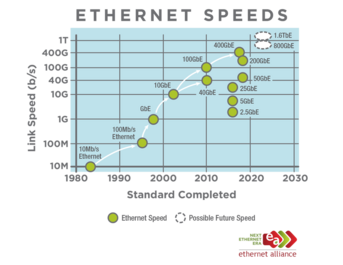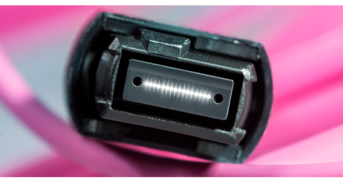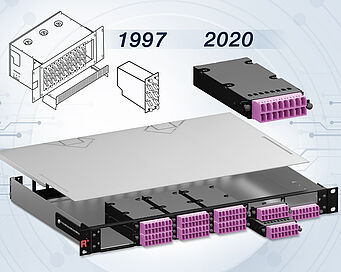"The need for speed" - focus on transmission speeds and multi-fiber connectors
The worldwide data volume is growing rapidly. Driven by increasing digitalization, the demands placed on data centers are constantly rising. Huge amounts of data must be transferred quickly, securely and reliably. In order for all components to provide their full performance and meet the requirements, demand-oriented data cabling is essential. For data center operators, it is decisive for competition to always have their finger on the pulse, to adapt to the developments of the next few years now and to build a future-proof data center infrastructure.
This two-part blog series shows important trends for modern data center data cabling. This article focuses on the following topics:
- "The need for speed" – What cabling for 400G Ethernet might look like
- High-speed network through multi-fibre plugs








